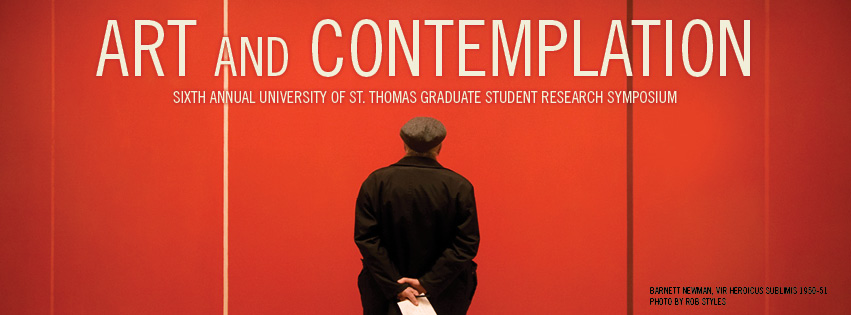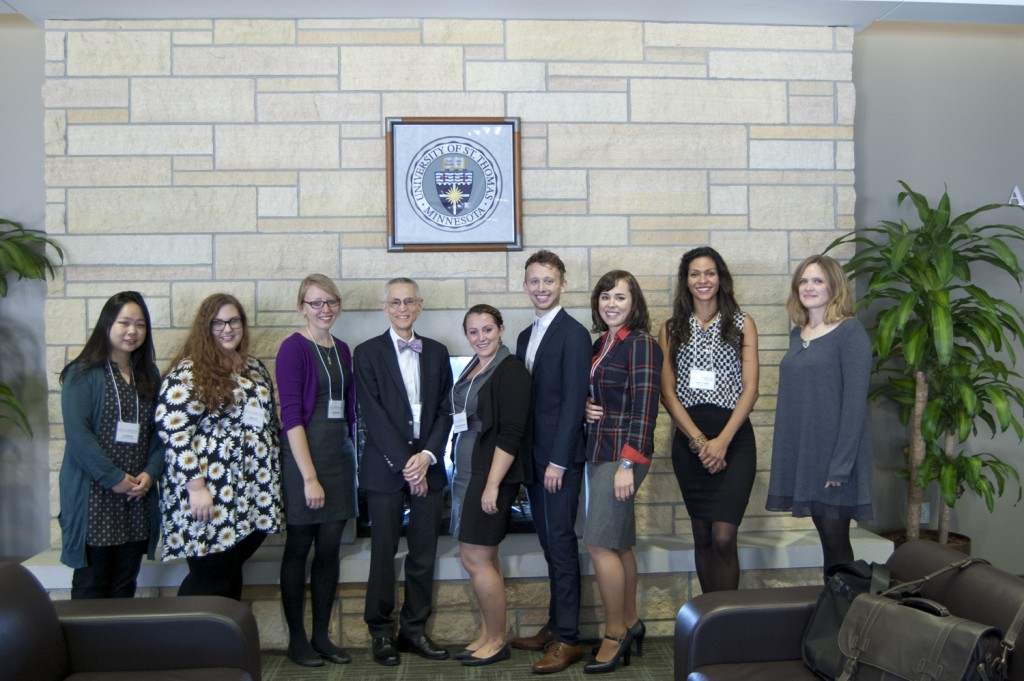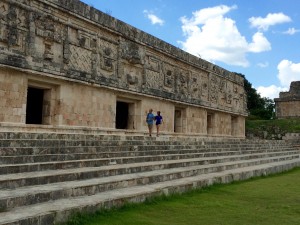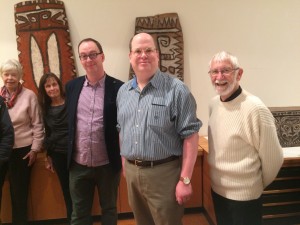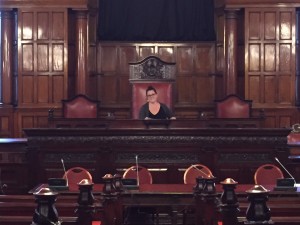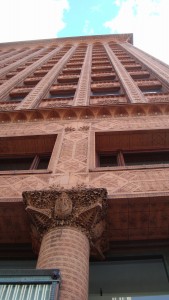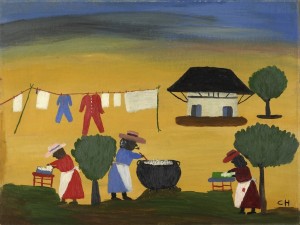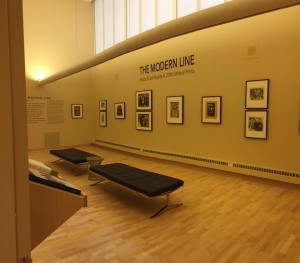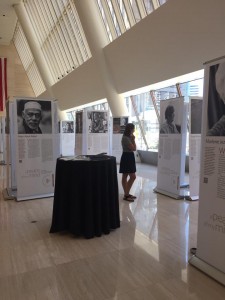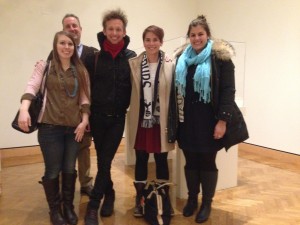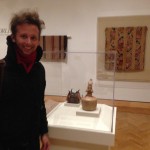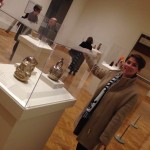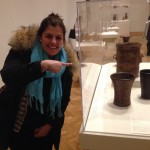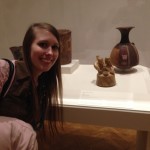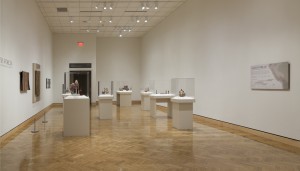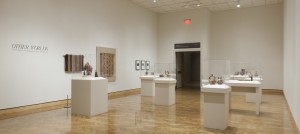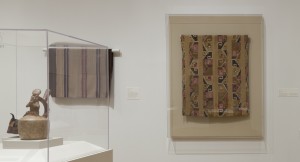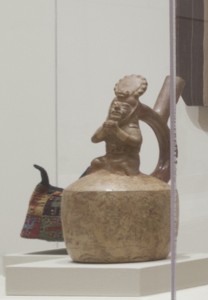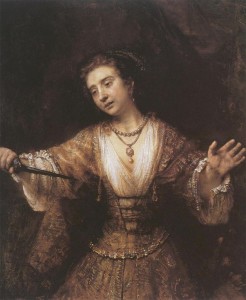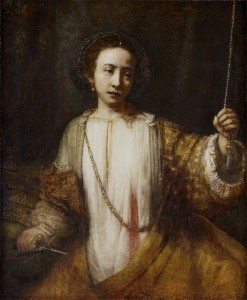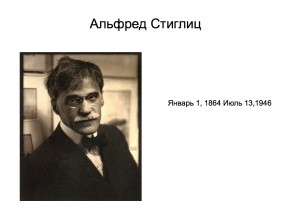By Sam Wisneski, graduate student
After months of planning and preparation, the sixth annual University of St. Thomas graduate student research symposium went off without a hitch. Wearing the hat of both presenter and symposium co-chair, I had some jitters and excitement about both my paper and the symposium overall, and how it would reflect on the Department of Art History. I’ve always been impressed with the collegiality and the warm, welcoming atmosphere of our department, and I truly think we showcase those qualities best in settings like the annual symposium – and this year was no different.
The symposium kicked off with a keynote lecture about Pieter Bruegel’s Resurrection from Dr. Walter Melion of the Emory University Department of Art History. In the words of Dr. Craig Eliason, the lecture was a “thrill ride.” Who said art history can’t be an adrenaline rush? If you missed the keynote or you enjoyed it as much as Craig, you can (re-)watch it here.
- Dr. Walter Melion, ‘Signa Resurrectionis: Sight and Image as Instruments of Knowing in Pieter Bruegel’s Resurrection (ca. 1562-63)’
The evening continued with a reception where graduate student presenters, professors and UST graduate students got a chance to mingle and enjoy a spread of some of the very best offerings – I quite enjoy those little caprese kabobs, though they are a little awkward to eat and the dessert bars, oh my!
Saturday started bright and early, with the presenters arriving at 7:45 a.m. and the first paper presented at 8:30 a.m. to a full house. The rest of the day went very smoothly. From the morning sessions, to the gallery talk in the American Museum of Asmat Art gallery, to the afternoon sessions, I think we showed off the very best of the Department of Art History at St. Thomas. The student presenters were incredibly professional and gave some wonderful presentations. As symposium co-chair, this wasn’t all that surprising based on the many excellent abstracts we received following the Call for Papers – but a strong abstract doesn’t guarantee a great presentation. This time around, it was the case that both the abstracts and the presentations were quite strong. Not only that, the range and breadth of topics was impressive too. This year’s paper titles can be found here.
Following each presentation, our audience, packed into Room 341, offered some insightful questions to our presenters. As usual, it was a warm atmosphere for collegial banter – both literally and figuratively; the room was smaller than past symposium locations so it was a little toasty at times. My fellow graduate student presenters handled their questions graciously and with enthusiasm.
The absolute highlight and nightmare scenario for me though, was the feedback offered by our keynote lecturer. Dr. Melion carefully read the presenters’ papers and crafted several incisive questions for each of us – some even down to the granular level of semantics. He then called upon us to respond to each question. Easier said than done. We all furiously scribbled and captured mere portions of each of his questions.
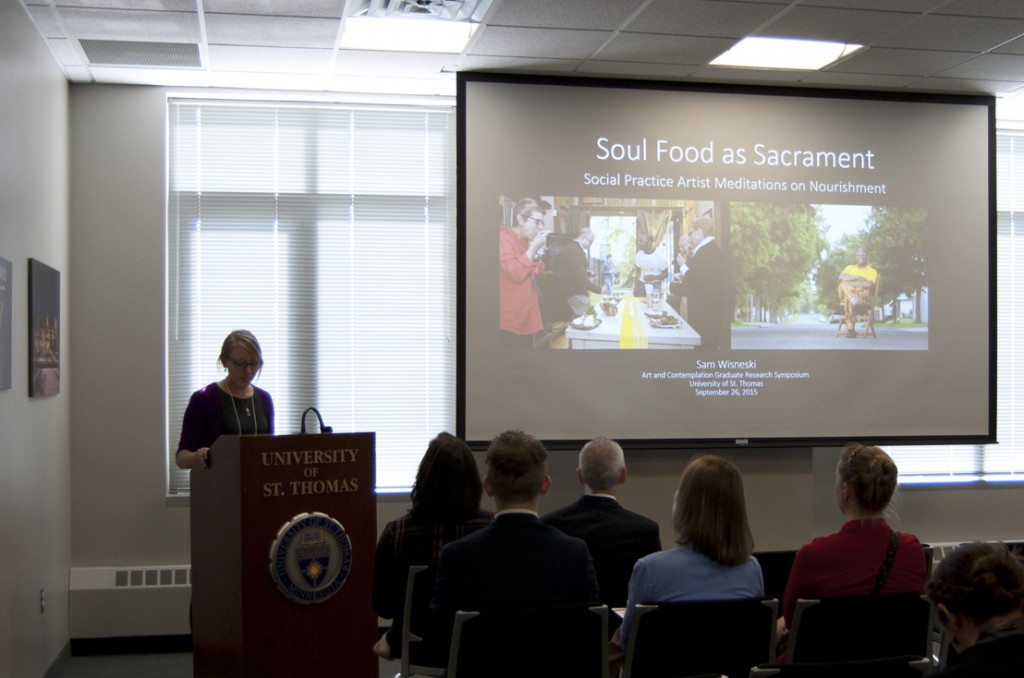
Sam presenting her paper, ‘Soul Food as Sacrament: Social Practice Artist Meditations on Nourishment’
I felt a bit like I was on an episode of the Food Network series Chopped. I had served up my paper to the judges, and now I was ready to be grilled. Publicly defending your work is a delicate task – especially when scholarship can be so personal. You’ve spent lots of time with your topic, and even the slightest criticism can sting. You have to achieve a balance somewhere between defensiveness and concession – standing up for your paper but acknowledging that your scholarship is never really done.
Though difficult, opportunities to present and defend your work are formative. As scholars, we aren’t producing work in a vacuum, so outside insights are critical and I very much valued the thoughtful responses Dr. Melion provided for each of us. I think my fellow graduate student presenters, overall, felt the same way. In hearing feedback from presenters, I think we achieved both a welcoming and critical environment to consider this year’s symposium theme, Art and Contemplation.
I’d like to offer a special thanks to everyone who made this year’s symposium a success – while it didn’t quite take a village, it certainly took lots of support from our department as a whole: graduate student volunteers, the faculty co-chairs, Dr. Heather Shirey and Dr. Craig Eliason, and my co-chair Dakota Passariello, as well as the generous support of those in attendance. Thank you!
